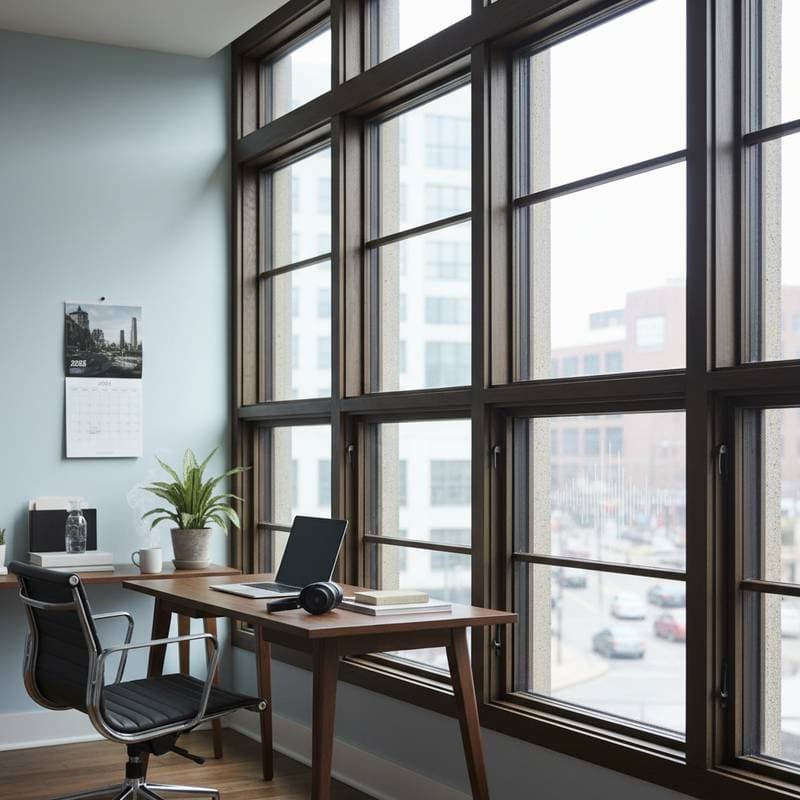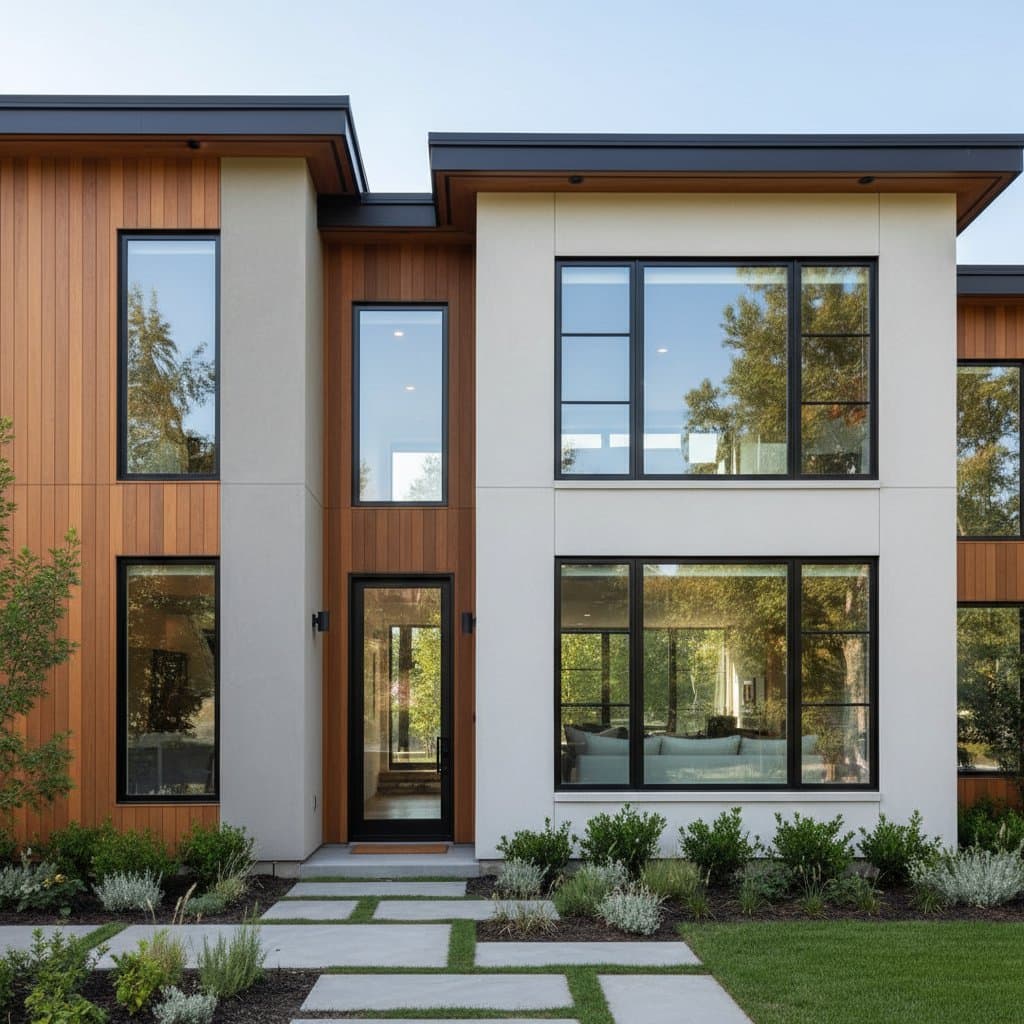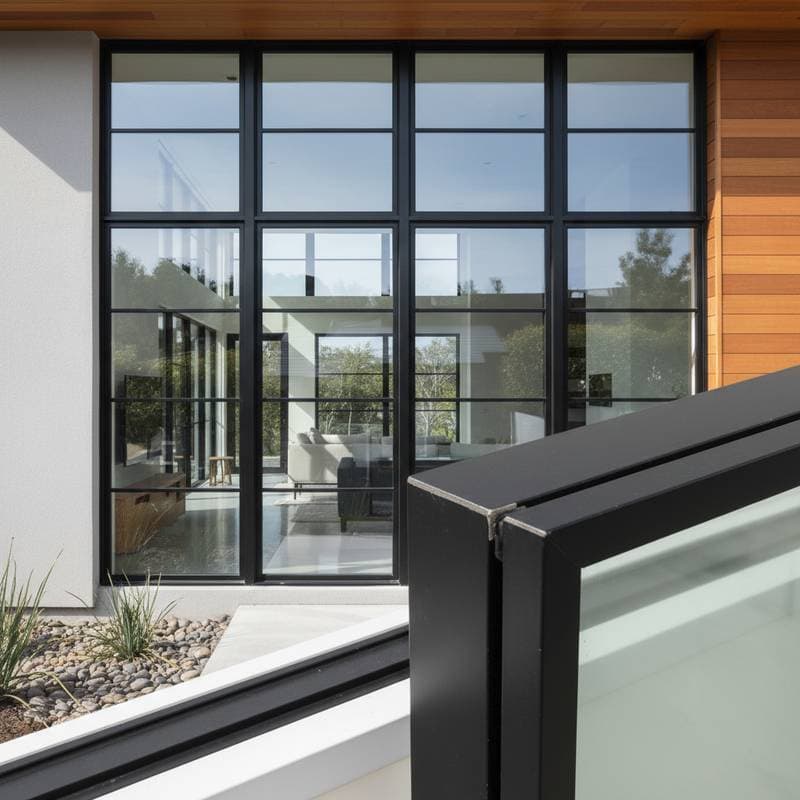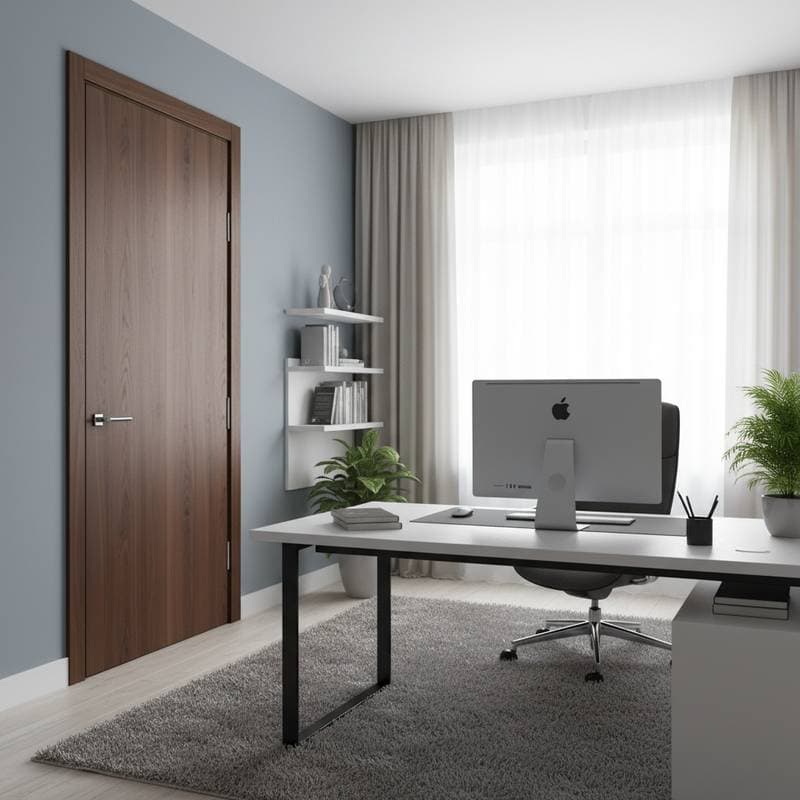Acoustic Windows: Block 95 Percent Noise for Peaceful Work from Home in 2025
Homeowners who work remotely prioritize calm and productive spaces. External noise from traffic, construction, or neighbors often hinders focus and comfort. Acoustic windows provide an effective, durable solution to minimize sound intrusion while enhancing energy efficiency. Homeowners gain confidence by learning the mechanics of these windows, installation processes, and selection criteria.
How Acoustic Window Technology Functions
Acoustic windows minimize sound transmission through glass and frames. Standard windows permit easy passage of sound due to thin panes and poor seals. These specialized windows employ thicker glass, laminated interlayers, and advanced seals to dampen vibrations and eliminate air gaps, achieving noise reduction up to 95 percent based on design and installation precision.
Sound propagates via air and solids in distinct ways. Effective blocking requires disruption and absorption of these paths. Many acoustic glasses feature a polyvinyl butyral interlayer between panes, which absorbs vibrations and halts wave transfer. Frame construction, gaskets, and wall sealing further bolster overall efficacy.
Varieties of Acoustic Windows
Acoustic windows differ in sound-blocking capacity, expense, and visual appeal. Selection aligns with specific noise origins, architectural style, and homeowner needs.
-
Laminated Acoustic Glass Windows
These incorporate multiple glass layers with an absorbing interlayer. Such designs suit residences near highways or flight paths. -
Double-Glazed Acoustic Windows
Dual panes separated by an air or gas cavity deliver thermal and acoustic benefits. This option appeals to households seeking balanced performance and cost. -
Triple-Glazed Windows with Acoustic Layers
Three panes combined with interlayers maximize noise suppression and insulation. They excel in intense sound settings demanding utmost quiet. -
Secondary Glazing Systems
An inner pane adds to the existing window without full replacement. This method works well for vintage homes or leased properties.
| Option | Initial Cost | Lifespan | Maintenance | Best For |
|---|---|---|---|---|
| Laminated Acoustic Glass | Medium to high | Long | Low | Urban homes, dense neighborhoods |
| Double Glazed Acoustic | Moderate | Long | Low | General residential use |
| Triple Glazed | High | Long | Low to moderate | High noise areas, premium builds |
| Secondary Glazing | Low to moderate | Moderate | Moderate | Historic properties, rentals |
Benefits and Limitations of Acoustic Windows
Home upgrades involve weighing positives against challenges. Awareness of acoustic window strengths and drawbacks sets appropriate expectations.
Key Benefits
- Superior Noise Control: These windows attenuate external sounds by up to 95 percent, fostering serene workspaces.
- Enhanced Energy Savings: Integrated insulation lowers utility expenses for heating and cooling.
- Greater Indoor Comfort: Reduced noise promotes concentration, rest, and well-being.
- Boosted Home Value: Premium installations appeal to future buyers.
- Ultraviolet Ray Filtration: Laminated components shield interiors from sun damage.
Notable Limitations
- Elevated Upfront Expense: Specialized materials exceed standard window prices.
- Increased Weight: Thicker assemblies demand potential structural support.
- Fewer Design Choices: Options for customization may prove limited.
- Demanding Installation: Precise sealing elevates labor complexity.
Installation Process Overview
Professional installation guarantees optimal sound performance. Each phase contributes to seamless integration and effectiveness.
Initial Assessment and Planning
Technicians conduct noise evaluations to pinpoint sources and recommend pane thickness or frame styles. They review window positions, room functions, and structural elements.
Site Preparation
Crews remove old units and examine frames for issues. Surfaces receive thorough cleaning to support airtight bonds. Structural tweaks occur as needed.
Core Fitting and Sealing
Custom-measured windows slot into openings with exact alignment. Acoustic compounds seal edges against leaks. Securement ensures uniform tension.
Performance Verification
Post-installation tests detect flaws like gaps or shifts. Seals undergo inspection, and functionality confirms ease of use. Documentation includes ratings and guarantees.
Final Handover
Owners obtain guidelines for upkeep. Scheduled checks preserve efficacy over time.
Selection Strategies for Optimal Fit
Choices hinge on individual circumstances and surroundings. Systematic evaluation maximizes returns on investment.
Essential Evaluation Factors
- Primary Noise Type: Traffic demands broader frequency blocking than voices, influencing layer counts.
- Financial Parameters: Mid-range double-laminated units deliver robust results without excess cost.
- Sustainability Aims: Select insulated frames with emissivity-reducing films for dual acoustic-thermal gains.
- Style Integration: Match tints, hues, and profiles to existing aesthetics.
- Property Constraints: Preserve heritage features through add-on systems rather than overhauls.
Sustaining Performance Over Time
These windows yield enduring advantages when maintained diligently. Routine practices safeguard functionality and longevity.
- Routine Cleaning: Apply gentle, scratch-free solutions with microfiber tools.
- Seal Monitoring: Annual reviews identify deterioration; reseal promptly.
- Layer Inspection: Watch for interlayer separation, though uncommon.
- Mechanism Upkeep: Apply lubricants to hardware for fluid motion.
- Durability Outlook: Expect 20-30 years of service with vigilant care.
Adapting to Regional Conditions
Local weather shapes window choices and outcomes. Insulated units regulate temperatures year-round. In warm, moist areas, durable uPVC or metal frames prevent distortion. Colder zones benefit from wooden or hybrid insulation.
Reflective coatings balance light and heat retention. Beyond weather, eco-friendly selections like recycled glass or reusable frames align with green principles. Manufacturers often provide recycling initiatives.
Partnering with Skilled Installers
Expert contractors secure promised results. Seek specialists in acoustics with manufacturer endorsements. Examine portfolios and client feedback for relevance.
Estimates detail components, pricing, and protections. Verify compliance with regulations and permit handling. Clear discussions cover schedules, site access, and post-work tidying.
Joint walkthroughs at completion affirm satisfaction. Obtain upkeep protocols for ongoing success.
Realizing Lasting Quiet and Efficiency
Acoustic windows transform noisy homes into havens of productivity. By addressing sound at its source, they elevate daily routines and safeguard investments. Homeowners who select and maintain these solutions enjoy sustained peace, lower bills, and heightened appeal for years ahead.






